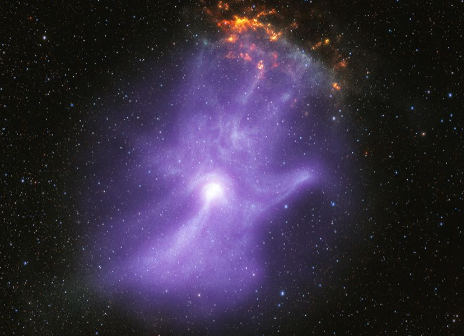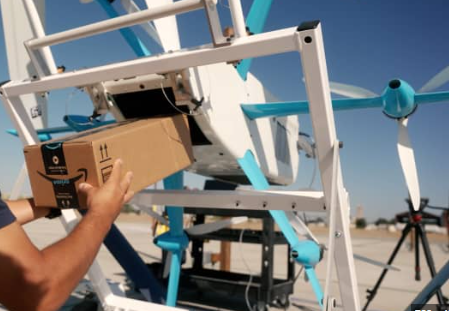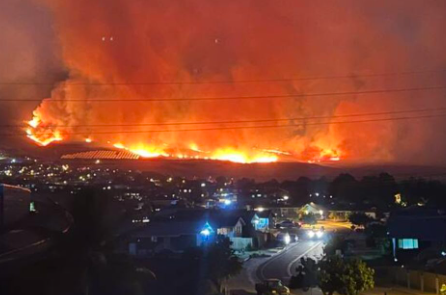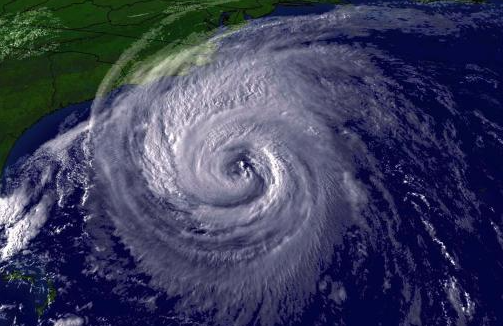금환일식 관측되다
Annular Solar eclipse 2023
'금환일식' -
달이 태양을 완전히 가리지 못하면서 바깥쪽 테두리만 보이게 되는 현상
Stargazers and astronomers alike have been treated to a spectacular celestial event - an annular solar eclipse.
The cosmic phenomenon was visible in parts of the US, Mexico and in South and Central America.
Cloud permitting, US residents were able to see at least a partial eclipse.
An annular solar eclipse occurs when the Moon passes between the Earth and the Sun, blocking out most but not quite all of the Sun's light.
It is called an annular eclipse because just a thin ring, or annulus, of light remains visible.
별을 관찰하는 사람들과 천문학자들 모두 금환 일식이라는 놀라운 천문 현상을 경험했습니다.
우주 현상은 미국 일부, 멕시코, 중남미 지역에서 볼 수 있었습니다.
구름이 허락하는 한, 미국 주민들은 적어도 부분 일식을 볼 수 있었습니다.
금환일식은 달이 지구와 태양 사이를 지날 때 발생하며, 태양빛의 전부는 아니지만 대부분을 차단합니다.
얇은 고리, 즉 빛의 고리만 보이기 때문에 금환일식이라고 합니다.
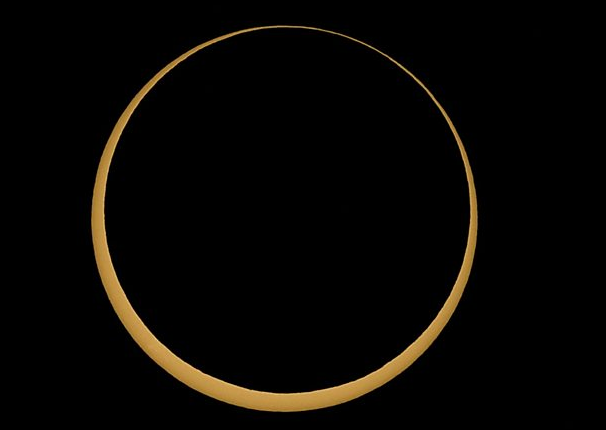
"An annular eclipse only happens when the moon is at its furthest away point from Earth. In perspective to us on Earth, it doesn't completely block out the light from the sun so instead you get this incredible ring of fire around the moon.
"금환일식은 달이 지구에서 가장 먼 지점에 있을 때만 발생합니다. 지구상의 우리 관점에서 볼 때, 금환일식은 태양의 빛을 완전히 차단하지 못하므로 대신 달 주위에 이 놀라운 불의 고리가 나타납니다.
The annular solar eclipse began in Oregon at 09:13 local time (17:13 BST), passed through California, Nevada, Utah, New Mexico and reached Texas at 12:03 local time (18:03 BST).
금환 일식은 현지 시간 09:13(BST 17:13)에 오리건에서 시작되어 캘리포니아, 네바다, 유타, 뉴멕시코를 거쳐 현지 시간 12:03(BST 18:03)에 텍사스에 도달했습니다.
An annular solar eclipse wowed skywatchers across the Americas today with an impressive "ring of fire".
Sweeping through eight U.S. states before heading over Mexico, Guatemala, Belize, Honduras, Nicaragua, Costa Rica, Panama, Colombia and Brazil, the impressive eclipse was visible to millions of people.
금환 일식은 인상적인 "불의 고리"로 미국 전역의 하늘 관찰자들을 놀라게 했습니다.
멕시코, 과테말라, 벨리즈, 온두라스, 니카라과, 코스타리카, 파나마, 콜롬비아, 브라질 상공을 지나기 전까지 미국 8개 주를 휩쓸면서 수백만 명의 사람들에게 인상적인 일식이 목격되었습니다
The sky was clear for the actual moment of annularity, when the moon left just a ring of sunlight around its edge. Tingley captured the moment, and the partial phases of the eclipse, with a Unistellar eQuinox 2 telescope equipped with a solar filter.
달이 가장자리 주변에 햇빛의 고리만을 남기는 실제 환상의 순간 동안 하늘은 맑았습니다. Tingley는 태양 필터가 장착된 Unistellar eQuinox 2 망원경을 사용하여 일식의 순간과 부분적인 단계를 포착했습니다 .
The light is beginning to change as more and more of the sun is blocked by the moon. The temperature has dropped slightly,
달이 점점 더 많은 태양을 가리면서 빛이 변하기 시작했습니다. 온도가 약간 떨어졌습니다.
I felt a sense of hope and optimism when the eclipse emerged from behind the clouds with this unexpected burst of radiant light and colors.
It's amazing to me how the earthly clouds, moon, and sun came together to create such beauty — gives me hope that humankind can do the same thing during these divisive times.
예상치 못한 빛과 색상의 폭발과 함께 구름 뒤에서 일식이 나타났을 때 희망과 낙관적인 느낌을 느꼈습니다.
지구의 구름, 달, 태양이 어떻게 함께 이런 아름다움을 만들어냈는지 놀라우며 인류가 분열의 시대에 함께 할 수 있다는 희망을 줍니다
REMEMBER to NEVER look directly at the sun. To view this solar eclipse safely you must use solar filters at all times. Whether your location will experience a partial solar eclipse or an annular solar eclipse, the dangers are the same. Observers will need to wear solar eclipse glasses, and cameras, telescopes and binoculars must have solar filters placed in front of their lenses at all times.
절대로 태양을 직접 쳐다보지 마십시오. 이 일식을 안전하게 보려면 항상 태양 필터를 사용해야 합니다. 현재 위치에서 부분 일식이 발생하든 금환 일식이 발생하든 위험은 동일합니다. 관찰자는 일식 안경을 착용해야 하며, 카메라, 망원경, 쌍안경은 항상 렌즈 앞에 태양 필터를 장착해야 합니다.
Sky-gazers were urged to protect their eyes if looking at the sun and use solar viewing glasses, rather than regular sunglasses, to preserve their vision.
"Do NOT look at the Sun through a camera lens, telescope, binoculars, or any other optical device while wearing eclipse glasses or using a handheld solar viewer - the concentrated solar rays will burn through the filter and cause serious eye injury," said Nasa.
하늘을 관찰하는 사람들은 태양을 볼 때 눈을 보호하고 시력을 보호하기 위해 일반 선글라스 대신 태양광 관찰 안경을 사용할 것을 권장했습니다.
NASA는 "일식 안경을 착용하거나 휴대용 태양광 뷰어를 사용하는 동안 카메라 렌즈, 망원경, 쌍안경 또는 기타 광학 장치를 통해 태양을 보지 마십시오. 집중된 태양 광선이 필터를 통과하여 심각한 눈 부상을 초래할 수 있습니다"라고 말했습니다. .
Even better eclipse show coming to America in 2024
If you missed the annular eclipse this year, you’ll get another chance next spring as a total solar eclipse treks from Texas across the Mississippi and Ohio Valleys and into New England.
Unlike Saturday’s eclipse that led to 90% blockage of the sun, the total eclipse on April 8, 2024 will cover the entire star.
2024년에는 훨씬 더 좋은 일식 쇼가 미국에 찾아옵니다
올해 금환일식을 놓쳤다면 내년 봄에 텍사스에서 미시시피와 오하이오 계곡을 거쳐 뉴잉글랜드까지 이어지는 개기 일식을 통해 또 다른 기회를 얻게 될 것입니다.
태양의 90%가 가려진 토요일 일식과 달리 2024년 4월 8일 개기일식은 전체를 가리게 됩니다.
The U.S. has had a fortuitous run of eclipses over the past seven years, with another total solar eclipse that crossed the West in 2017. But next April’s eclipse will be the last chance to witness a total solar eclipse in the U.S. until August, 2045.
미국에서는 지난 7년 동안 일식이 있었고, 2017년에는 또 다른 개기 일식이 서쪽을 횡단했습니다. 그러나 내년 4월의 일식은 2045년 8월까지 미국에서 개기 일식을 목격할 수 있는 마지막 기회가 될 것입니다.





